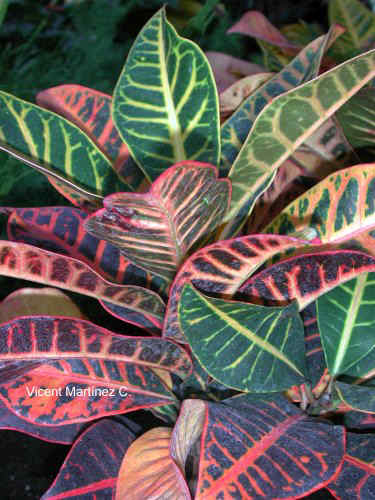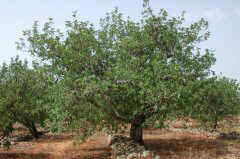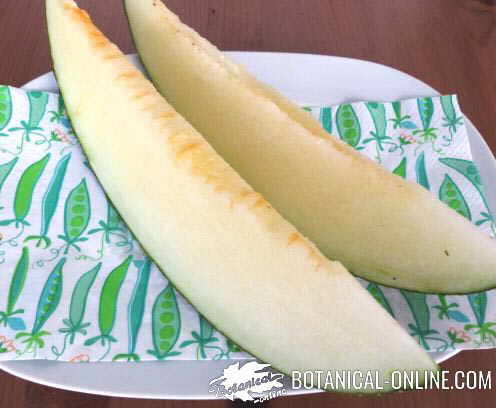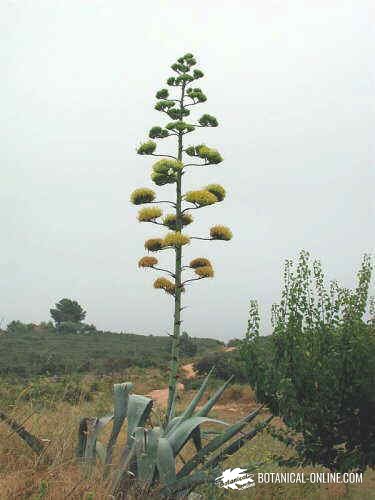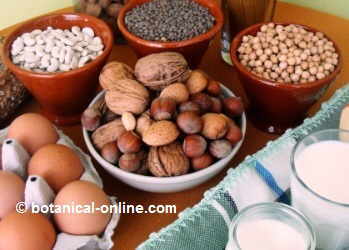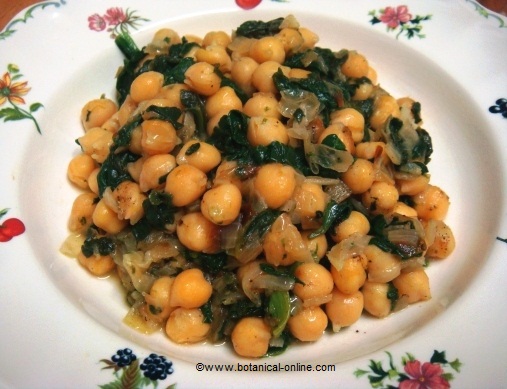Contents
What is a Sichuan pepper?
Sichuan pepper characteristics (Zanthoxylum piperitum)
Common English name: Japanese pepper, Sichuan pepper, Szechuan pepper
Scientific name: Zanthoxylum piperitum (L.) Benn.
Taxonomic synonims: Fagara piperita L., Evodia febrifuga.
Family: Rutaceae, the same family than orange tree or lemon tree
Habitat: shrub from China, Szechuan region.
It can grow in sun or partial shade. It prefers moist soils or heavy clay soils, well drained. Frost resistant up to -15 º C.
Botanical description of Sichuan pepper
Sichuan pepper (Z. piperitum), is a deciduous shrub that grows 2 feet high by about 1 meter wide.
Stem with rough colored bark, branched and covered with spines.
The leaves are pinnate, with an odd number of leaflets oval opposite (5 to 19), alternate and dark green. In fall, the leaves become yellow stained.
It flowers from April to June in the northern hemisphere. The Japanese pepper tree is a dioecious species, that’s to say, it has male plants and female plants. The variety to provide fruits must have both sexes.
The flowers are yellowish green, small and aromatic, fruity. They are formed on old wood, in the axils of the new branches.
The fruit is a capsule-sized sessile like peppercorns (3 to 5 mm in diameter), which grow in groups of 4 in the stem end, but only 1 or 2 fruits fail to develop.
The capsules or fruit are reddish-brown.they have many bumps in the bark. They contain a liquid inside responsible for the characteristic pungent spiciness of this plant.
The interior has a black seed, shiny. It is customary that some fruits are empty inside.

In image: Sicuan pepper fruit illustration, where you can see the fruiting capsules. Sometimes the capsules contain a seed, but sometimes they are empty
Used parts of Sichuan pepper
– Ornamentation. This shrub is known for bonsai enthusiasts. (* See Japanese Pepper cultivation.)
– Edible uses. The plant (fruit) is used as a spice . Its leaves are also edible.
– Wood. This shrub is not particularly appreciated for its timber.
Composition of Sichuan pepper
– Sichuan Pepper contains components denominated Sanshools. Sanshools, chemically alpha hydroxy sanshool and hydroxy-beta sanshool, give the characteristic spiciness of Sichuan pepper and are responsible for the tingling that occurs in the mouth when you chew the seeds, and that can lead to tongue paresthesia (numbness,, tingling, etc).. These components also provide a refreshing taste.
– It also contains citronellol and citronellal, which give it a distinctive citrus aroma.
– Fresh leaves contain little alpha-hydroxy sanshool compounds, unlike the fruits. The crushed leaves give off a strong scent and are also used in food as a condiment.
| Botanical classification | |
| Kingdom | Plantae |
| Subkingdom | Tracheobionta Vascular plants |
| Superdivision | Spermatophyta Seed plants |
| Division | Magnoliophyta Flower plants |
| Class | Magnoliopsida Dicotyledons |
| Subclass | Rosidae |
| Order | Sapindales |
| Family | Rutaceae |
| Subfamily | Rutoideae |
| Gender | Zanthoxylum |
| Species | Z. piperitum |
![]() More information about Sichuan pepper and other types of peppers.
More information about Sichuan pepper and other types of peppers.


